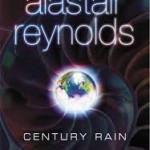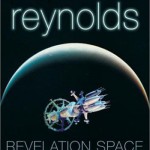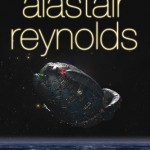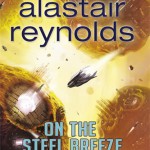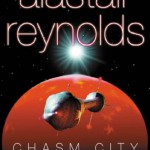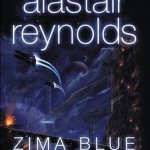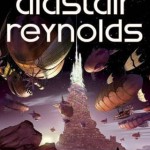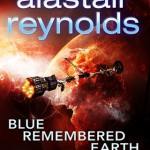Spearpoint, the last human city, is an atmosphere-piercing spire of vast size. Clinging to its skin are the zones, a series of semi-autonomous city-states, each of which enjoys a different – and rigidly enforced – level of technology. Horsetown is pre-industrial; in Neon Heights they have television and electric trains . . .
Following an infiltration mission that went tragically wrong, Quillon has been living incognito, working as a pathologist in the district morgue. But when a near-dead angel drops onto his dissecting table, Quillon’s world is wrenched apart one more time, for the angel is a winged posthuman from Spearpoint’s Celestial Levels – and with the dying body comes bad news.
If Quillon is to save his life, he must leave his home and journey into the cold and hostile lands beyond Spearpoint’s base, starting an exile that will take him further than he could ever imagine. But there is far more at stake than just Quillon’s own survival, for the limiting technologies of the zones are determined not by governments or police, but by the very nature of reality – and reality itself is showing worrying signs of instability . . .
My first novel written after relocating to the UK, and one that’s very far removed from anything I’d done before. Influenced by steampunk, but maddened by some of its sillier conceits, I tried to imagine a world in which technological progress had inevitably “jammed” at a kind of late-Victorian/early-Edwardian level, for reasons which I hope become clear (or clear-er) as the story progresses. The novel pleased some readers, puzzled some others, but did eventually go to on to become a finalist for Wales Book of the Year in 2011 – the only novel on the English language shortlist, given that the other two titles were a travel book and a collection of poetry.
